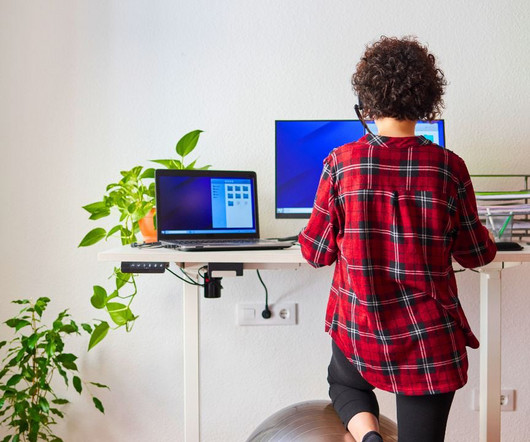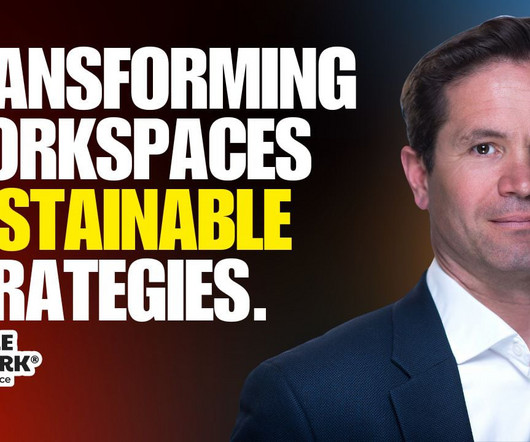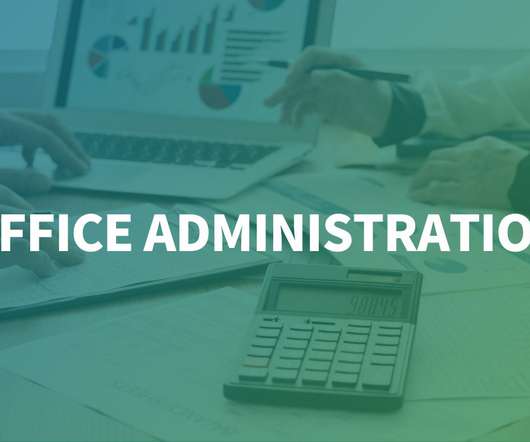U.S. Telework Success Story Faces Uncertain Future
Allwork
DECEMBER 23, 2024
According to data from the White House Office of Personnel Management, employees who work remotely frequently report higher engagement levels 77% versus 59% among primarily in-office workers. More than 84% of federal employees and managers surveyed said telecommuting has improved both the quality of work and customer satisfaction.




















Let's personalize your content